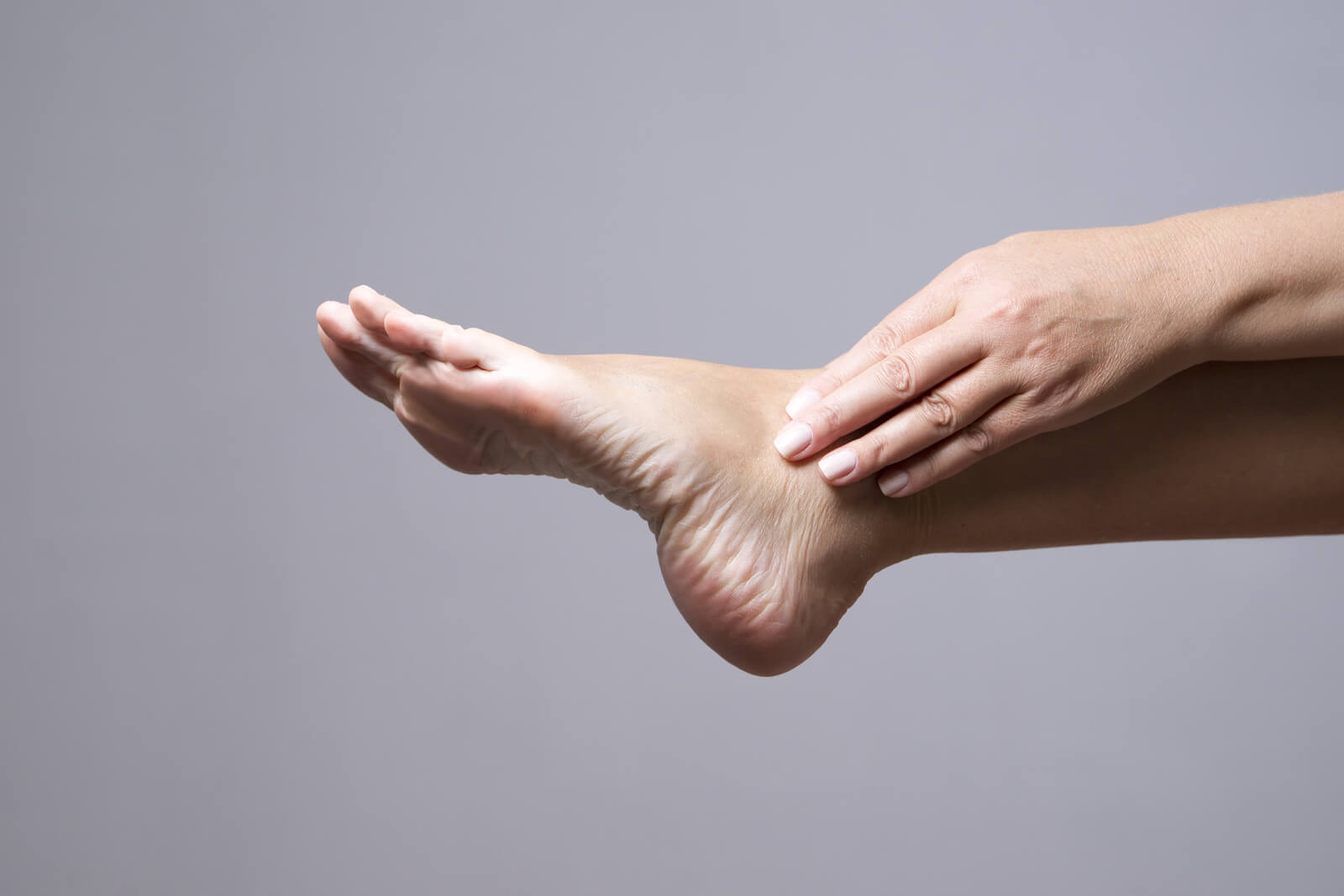Contrary to the name, athlete’s foot can affect anyone – not just athletes. Athlete’s foot, also known as tinea pedis in the medical field, is a fungal infection often caused by walking barefoot in moist, public places like swimming pool decks or locker rooms. As the infection progresses, the foot and the skin between your toes can burn and itch. The skin may also turn red, begin peeling or form blisters.
Athlete’s food can be persistent, painful and make walking difficult but there are ways to prevent athlete’s food, especially during the summertime. That is why, with the weather warming up ,it’s important to learn how to go about avoiding athlete’s foot.
What Causes Athlete’s Foot?
Athlete’s foot breeds in warm, wet places such as locker rooms, gyms, swimming pool decks and changing rooms, or any place that is high in humidity and foot traffic. Unsterilized equipment used at a commercial salon or at home can also lead to infection.
Athlete’s foot is highly contagious, spreading through the touch of toes or feet of an infected person or by walking barefoot on contaminated surfaces such as swimming pools or shower rooms. Upon infection and if left untreated, the fungi continue to grow in your shoes where airflow is limited.
If you have athlete’s foot, treat it immediately to minimize further infection.
What is the Treatment?
Avoiding athlete’s foot with treatment depends on its type and severity. In general, it can be treated at home using an antifungal cream to kill the fungus or slow its growth. Two types of antifungal medication include:
Nonprescription antifungals are topical treatments including clotrimazole (Lotrimin), miconazole (Micatin), terbinafine (Lamisil), and talnaftate (Tinactin).
Prescription antifungals are recommended if nonprescription antifungals are not successful or if you have a severe infection. Topical treatments include butenafine (Mentax), clotrimazole and naftifine (Naftin). Oral treatments include fluconazole (Diflucan), itraconazole (Sporanox) and terbinafine (Laminsil).
It is important to complete the full course of treatment even if the symptoms improve or stop. If you have had athlete’s foot, reinfection is common and it needs to be fully treated each time.
Avoiding Athlete’s Foot
Taking precautions can reduce your chances of catching athlete’s foot. Here are 5 ways of avoiding athlete’s foot:
1. Wear Footwear in Public Areas. This includes pools, gyms, shower or locker rooms, and hotel rooms. Athlete’s foot grows in wet grounds especially in public areas with high foot traffic. Even when taking a shower in the gym, it is important to wear shower shoes, flip flops or sandals.
2. Keep Your Feet Dry. The fungus thrives in warm, moist environments such as the insides of your shoes where there is little to no air. Sandals or flip flops help when it is hot and humid outside.
3. Wash Your Feet Every Day. Whenever you wash your feet, make sure to use soap and completely dry them afterwards.
4. Wear Socks with Breathable Fabrics. Avoid cotton and synthetic materials. Wear moisture wicking socks, wool socks, merino wool socks, liner socks, antibacterial socks, Coolmax socks, Drymax socks – to name a few.
5. Do Not Share Shoes. Avoid sharing shoes, towels and linens with someone who has athlete’s foot. If you live with someone who has athlete’s foot, wear shoes at all times to be safe.
Schedule a Consultation
If you suspect that you have athlete’s foot, consult your doctor to look for treatment options.
Dr. Jamshidinia at Century City Medical Plaza is a board-certified foot surgeon trained in all areas of foot and ankle surgery. He is Board Certified by the American Board of Podiatric Surgery and a Fellow of the American College of Foot and Ankle Surgeons. For concerns regarding common foot injuries do not hesitate to contact us today!


